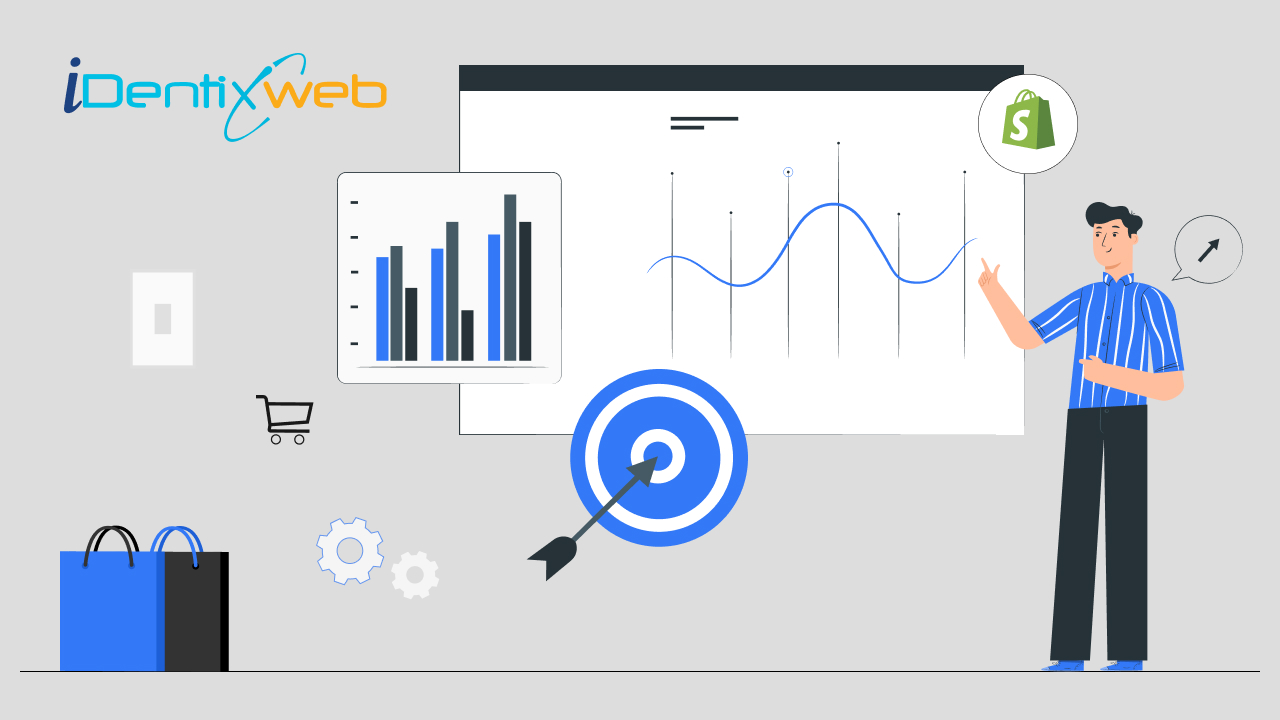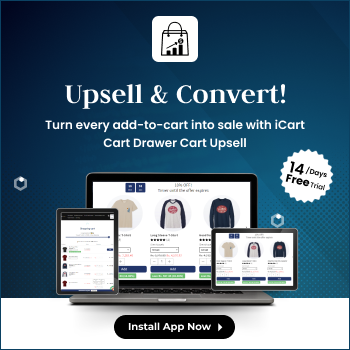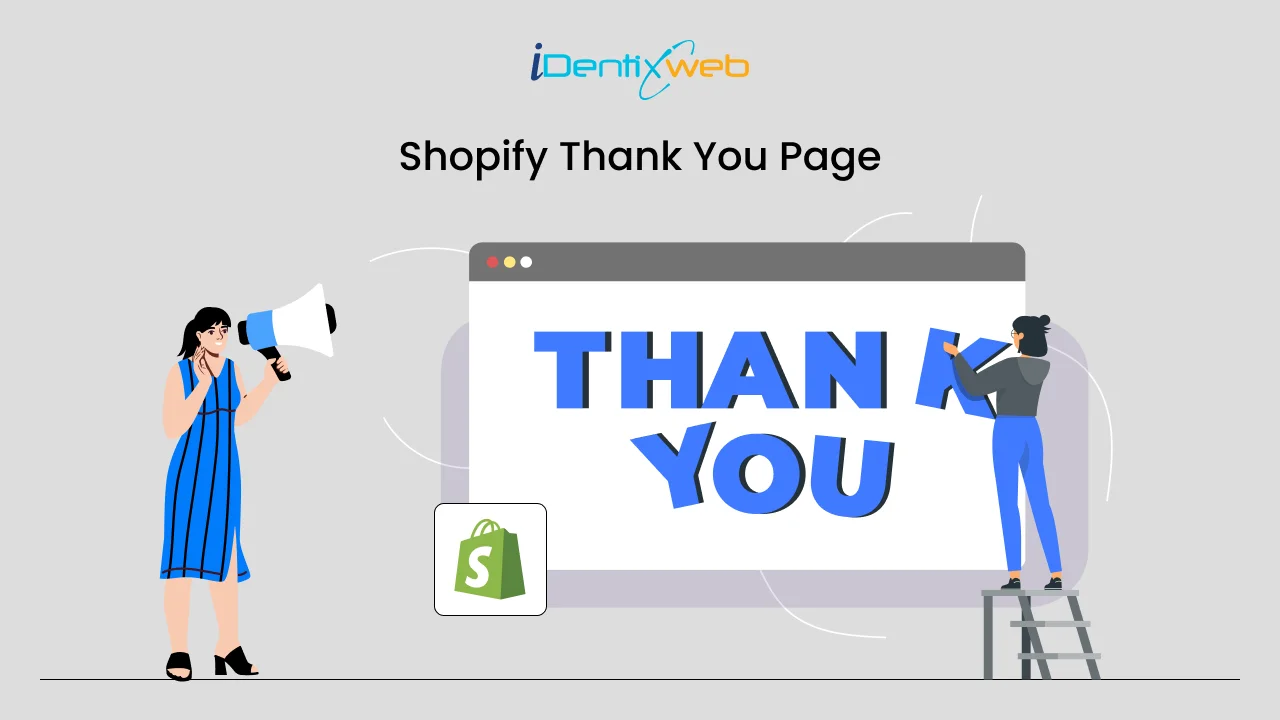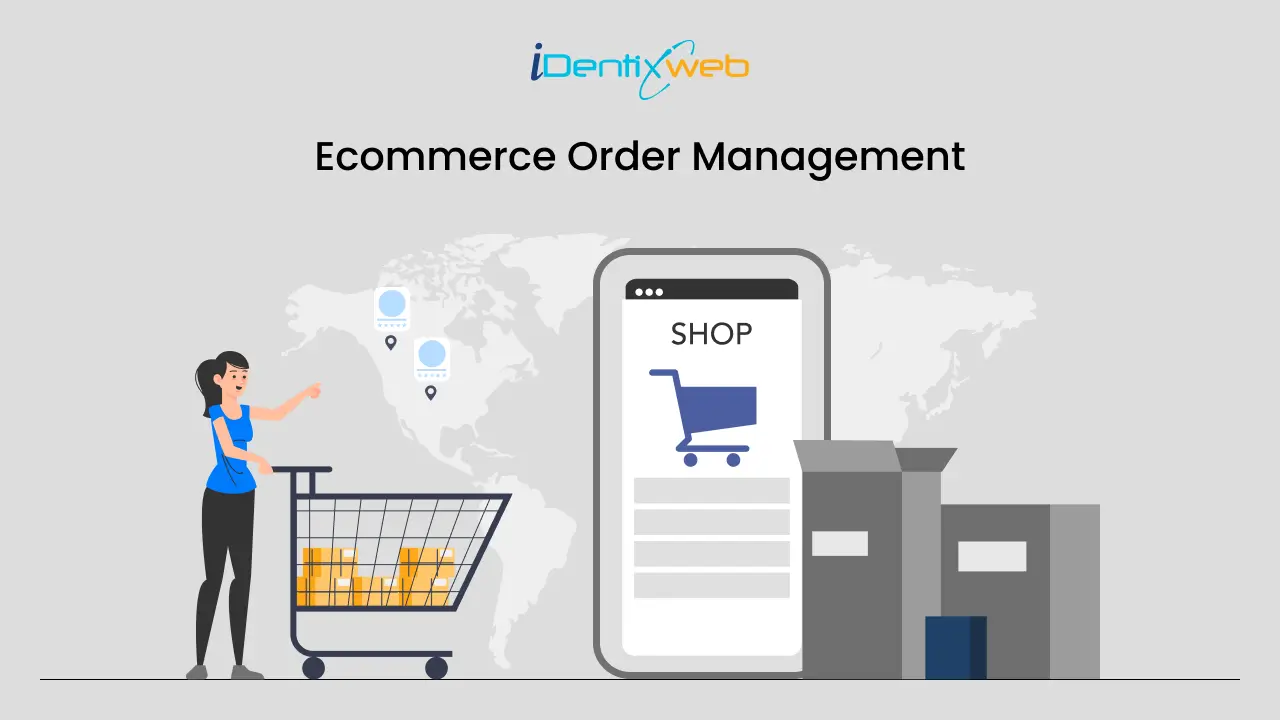
Shopify is a great eCommerce platform for building your business. It has over 1 million active online stores and is easy to set up for new entrepreneurs. However, you need to run your marketing strategy to see actual results in ROI. In this post, I’ll share 10 Shopify marketing strategies that will help grow your sales in 2024:
Retargeting Ads

Retargeting is a marketing strategy that allows you to target people who have visited your site but did not make a purchase. This is done by placing small tracking pixels on the site’s pages and then using them to create ads for these visitors when they visit other websites or social media platforms such as Facebook and Instagram.
Retargeting ads are an excellent way to get more sales from people who have shown interest in what you’re offering but have yet to decide whether or not they want it enough to buy it. For example, if someone visits your Shopify store and looks at some products but doesn’t buy anything yet (or maybe even abandon their cart), retargeting can help remind them that there’s still time left!
Want to learn a step ahead about Shopify Marketing Budget? Read our blog on: How to Plan a Marketing Budget for Your Shopify Store
Google AdWords

Google AdWords is a great way to advertise your Shopify store. You can target specific keywords, locations, and audiences with Google Ads. You can set bids and budgets for each ad group you create in AdWords so that you only pay when someone clicks on your ad (and not before).
When someone clicks on your store-specific link in an ad, they’ll go directly to the product page of whatever item or category was advertised by that particular link. This gives them instant access to all the information about what they’re looking at before deciding whether or not they want it enough to buy it!
Content marketing

Content marketing is a powerful way to grow your business. It’s also one of the best ways to build trust with customers. Content marketing helps you rank higher in Google search results and generate leads that convert into sales. Finally, content marketing is an effective way of building brand awareness.
Content strategy should be part of any effective Shopify marketing plan because it allows you to define what kind of content works for your audience and how often it needs publishing or updating (for example: once per week).
This can include anything from blog posts about recent developments within ecommerce retailing trends through podcasts featuring interviews with industry experts through video tutorials explaining how certain features work on different platforms such as Facebook Messenger bots etc., all depending upon whether these formats suit particular audiences better than others do (e.g., younger consumers usually do not prefer to read long articles but prefer shorter bite-sized chunks).
Email marketing

Email marketing is one of the best ways to reach your audience and build customer relationships. It’s also an effective way to get people to take action.
To set up a campaign, you’ll need an email provider like Klaviyo or other email marketing tools that allow you to create automated drip campaigns based on specific actions taken by visitors on your site (such as clicking a link). You can then send them emails over time with relevant information about your products or services–these emails should have clear calls to action so that readers know exactly what they’re supposed to do next.
It’s essential to ensure the emails you send out are designed to be read on mobile devices. Email clients like Gmail and Outlook can display emails in a minimal space, so keep your message short and sweet.

Social media advertising can be a powerful tool for Shopify store owners. It’s an effective way to reach new customers and grow your audience, but it takes time to get lost in the noise of the platform. To make sure that your ads are seen by as many people as possible, follow these steps:
- Choose an ad type that matches your goals–for example, if you’re trying to drive traffic or increase engagement with your brand page on Facebook or Instagram, try carousel ads; if you want people who already follow one of your social media profiles (like Twitter) but haven’t purchased anything yet from within Shopify before then consider retargeting them with Dynamic Product Ads (DPA).
- Use tools like Facebook Pixel and Google Analytics so that after someone clicks on one of these ads, they go directly back into their shopping cart instead of landing elsewhere on their phone screen, which might cause them to forget what they were looking at before getting distracted by something else. This will help improve conversion rates since most shoppers tend not complete purchases unless they’ve revisited what they originally wanted again after seeing other offers throughout their day online.
Learn more about Influencer Marketing here: How Influencer Marketing Can Boost Sales on Shopify?
Pay-per-click (PPC) advertising

Pay-per-click (PPC) advertising is the most popular form of online marketing, with Facebook and Google taking up over 75% of all digital ad spending in 2018. This type of advertising allows you to target specific keywords and locations relevant to your business, allowing you to reach people searching for your products or services.
Pay-per-click ads can be set up as either cost per click (CPC), where you pay an amount each time someone clicks on your ad, or cost per impression (CPI), where you only pay when someone sees the ad but doesn’t click on it. You may also choose between static text ads or video creatives depending on what type of message you want to convey through your PPC campaign.
You’ll need some basic technical knowledge before setting up PPC campaigns. Still, luckily, Shopify offers plenty of resources with step-by-step guides on everything from creating new campaigns to optimizing bids and measuring performance!
Paid search advertising
Paid search advertising is a form of online marketing that allows you to place ads on search engines and other websites. It’s one of the most effective ways to increase brand awareness, drive traffic to your store and increase sales.
Paid search marketing offers many benefits:
- It helps build up an audience for your brand by creating visibility in front of new customers who may still need to learn about you or your products.
- Paid ads can be targeted based on specific keywords, so they’re more likely than organic listings (those seen without paying) to appear in front of people looking for what you sell. This means higher conversion rates from clicks than with organic listings alone (because searchers have already expressed interest).
Search engine optimization (SEO)

SEO is an integral part of every Shopify store. If you want to improve your search engine rankings and get more traffic from organic searches, it’s time to start learning about SEO.
SEO involves creating content relevant to your target audience and keyword research. The first step in any SEO strategy is understanding what keywords people search for when they come across your products or services on Google or other search engines like Bing or Yahoo!
You can do this by choosing specific keywords related to what you sell (for example: “blue shirt” instead of just “shirt”), then researching how many monthly searches those terms receive to determine if there’s enough demand for a product like yours at this time in history.
Affiliate marketing and content syndication are two great ways to grow your Shopify store. Content syndication is the process of distributing your content across multiple platforms. You can use content syndication to promote your products or other people’s products. This way, you’ll get more exposure for both yourself and the businesses who have hired you as an affiliate marketer!
Affiliate marketing refers to someone promoting someone else’s product or service in exchange for a commission from sales made through their links or ads (affiliate link). This strategy has been around since before eBay was created in 1995–and now there are many platforms where affiliates can find new opportunities daily!
Video Marketing
It’s no secret that people like watching videos, whether they’re on YouTube, TikTok, or other video platforms. However, you’ll need to be aware of the kinds of video content marketers produce if you want to stay ahead of the curve. Not every video will work in your favor, but here are some types of video content that work:
1. Explainer videos about the product (it benefits and use)
2. Short educational videos related to the product
3. Live streaming video (think Tik Tok or Instagram)
4. Long form tutorial videos on YouTube
5. Videos with product reviews from real people (Brands can also employ video to display user-generated product reviews.)
When used effectively, video can put you ahead of the pack and help you dominate one of the most powerful marketing techniques ever.
Conclusion
Shopify is a great platform, but you need to be smart with your marketing strategy. To improve sales in 2023 and beyond, knowing what works and what doesn’t. You need to be patient and persistent when testing different strategies because it can take time before seeing results from some strategies that may not seem like they would work for Shopify stores at first glance.
Shopify offers several ways to improve your sales and marketing strategies, including Facebook retargeting, Google AdWords, and email marketing tools. However, using just one strategy for your business is not the best action plan. So, consider a multiple-channel approach that will suit your brand.




![Shopify Checkout Upsell Strategies to Maximize Revenue [With Examples] Shopify Checkout Upsell Strategies to Maximize Revenue [With Examples]](https://www.identixweb.com/wp-content/uploads/2024/04/10-04-Tue-Blog-Shopify-Checkout-Upsell-Strategies_-Maximizing-Revenue-Optimizing-Costs.webp)

About the author
Nash Ogden